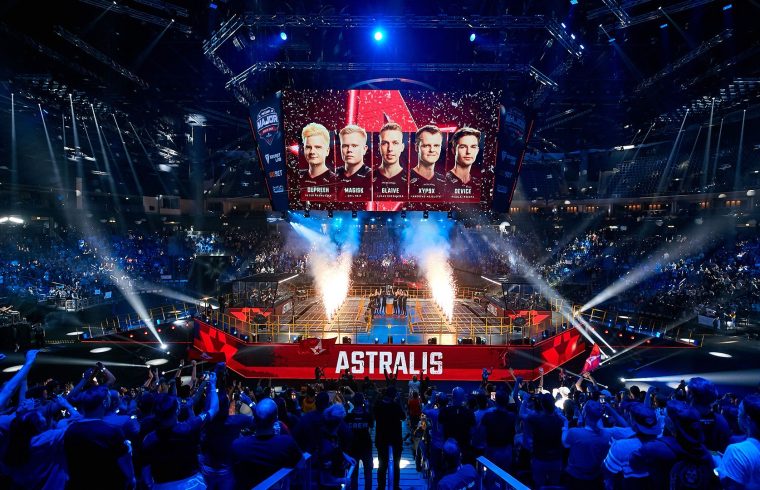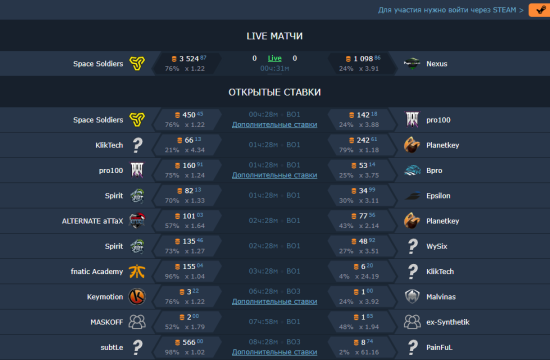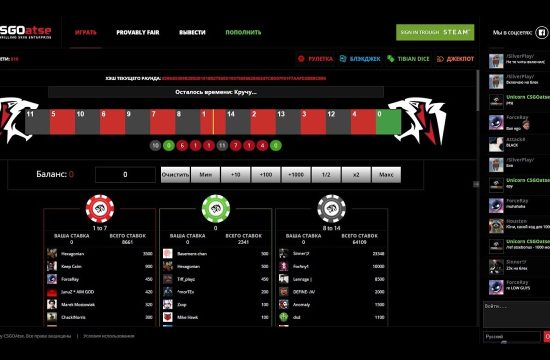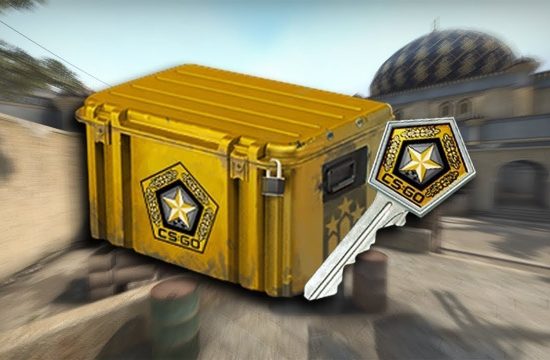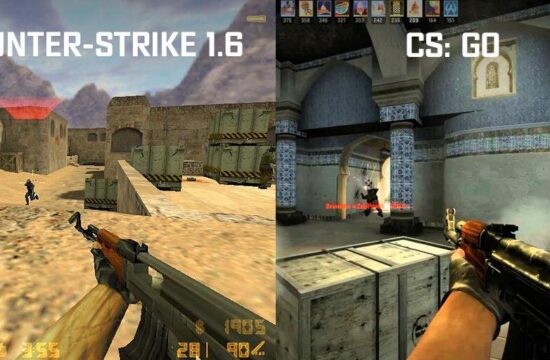Counter-Strike (CS) is not just a game; it’s an entire era in the world of esports.
Since its release in 1999, Counter-Strike has come a long way, evolving from a modification for Half-Life to one of the most popular and prestigious esports disciplines. The history of Counter-Strike championships is, in many ways, the history of esports development as a whole. In this article, we will trace the evolution of CS tournaments, from the early local competitions to global championships with multi-million dollar prize pools.
Early Counter-Strike Tournaments (1999-2003)
The first Counter-Strike tournaments began to appear immediately after the game’s release. These competitions were held on local networks (LAN) and attracted enthusiasts eager to showcase their skills in the new popular game. One of the first major tournaments was the Cyberathlete Professional League (CPL), which started hosting Counter-Strike championships in 2000. At that time, the prize pools were relatively small, but the tournament already attracted a large number of players and spectators.
In 2001, the first international tournament—World Cyber Games (WCG)—was held, including Counter-Strike in its program. WCG was the first step towards the globalization of esports, bringing together players from all over the world.
The Rise in Popularity and New Tournaments (2004-2011)
In the mid-2000s, Counter-Strike became one of the most popular esports disciplines, and tournaments began to emerge worldwide. During this time, organizations such as Electronic Sports World Cup (ESWC) and Intel Extreme Masters (IEM) came onto the scene, hosting regular CS championships.
Particular attention should be paid to the game version Counter-Strike 1.6, which became the standard for all major tournaments and remained the primary version until the release of CS:GO.
During this period, legendary teams such as Ninjas in Pyjamas (NiP), Fnatic, and SK Gaming were formed, dominating the global scene.
The prize pools for tournaments began to grow rapidly, and esports started to be seen not just as a hobby but as a full-fledged profession. Many players began to earn a living by participating in tournaments, becoming true stars in their field.
The Era of Counter-Strike: Global Offensive (2012-Present)
In 2012, Counter-Strike: Global Offensive (CS:GO) was released, marking a new milestone in the series’ development. With the release of CS:GO, the number and scale of tournaments began to grow at an even faster pace. This period saw the emergence of Major tournaments organized by Valve (the game’s developer), which became the most prestigious competitions in the Counter-Strike world.
The first Major—DreamHack Winter 2013—marked the beginning of a new era. The tournament’s prize pool was $250,000, and it attracted the attention of the entire esports scene. Since then, Major tournaments have been held twice a year and are considered the main events in the CS world.
Leading esports organizations such as ESL, DreamHack, PGL, and ELEAGUE began hosting their tournaments with multi-million dollar prize pools, attracting the best players and teams from around the world.
One of the most memorable events in CS history was the ELEAGUE Major: Boston 2018, where Cloud9 became the first North American team to win a Major tournament, a true sensation in the esports world.
Modern Championships and Esports Development (2020s)
Today, Counter-Strike tournaments are large-scale events with multi-million audiences and impressive prize pools. Major tournament prize pools have reached $2,000,000, and broadcasts gather millions of viewers worldwide.
The 2020s have brought new challenges and innovations. The COVID-19 pandemic forced organizers to move tournaments online, changing the traditional competition dynamics. However, interest in the game has not waned, and esports continues to grow. During this time, new tournament formats, such as Flashpoint, also emerged, offering players and viewers a fresh perspective on competitive Counter-Strike.
It is also worth noting the growing interest in esports from major sponsors and media companies, leading to even greater dissemination and popularization of Counter-Strike on a global level.
Impact on Esports and Cultural Legacy
Counter-Strike championships have played a key role in the establishment and development of esports as a professional industry. They not only turned players into world-class stars but also demonstrated that esports can be as spectacular and exciting as traditional sports.
Counter-Strike remains one of the most prestigious esports disciplines, with its tournaments attracting millions of viewers worldwide. The game continues to inspire a new generation of players and viewers, and the history of Counter-Strike championships is a story of success and evolution for the entire industry.
The history of Counter-Strike championships is a vivid example of how a game can become a global cultural phenomenon. From the first local tournaments to multi-million dollar international competitions, Counter-Strike has come a long way and left an indelible mark on the history of esports. CS tournaments not only popularized esports but also showed that virtual battles can be just as thrilling and captivating as sports matches in real arenas.
